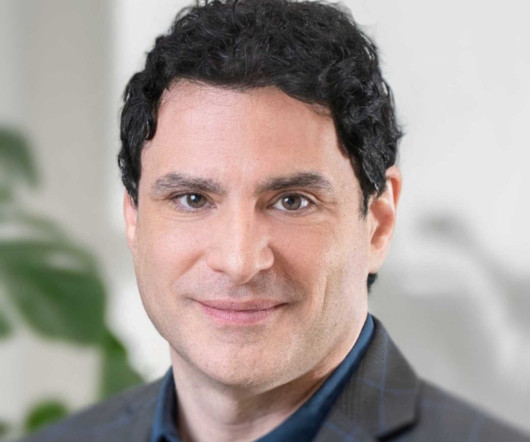The Surprising Benefits of ‘That’s Not My Job’ in the Modern Workplace
Success
OCTOBER 27, 2024
“That’s not my job” has been a banned phrase in many workplaces, as companies tout the “all on the same team” mindset. Yet Harvard Business Review cites “workload” as one of the top six causes of burnout and emphasizes the importance of balancing rest, relaxation and workload as the key to workplace success. Setting work boundaries improves quality and output, yet many employees find themselves in company environments that not only discourage, but even ban the phrase “that’s not my job.
















Let's personalize your content